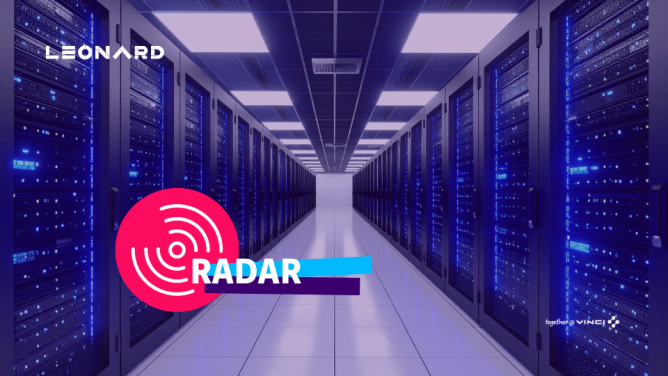How China is tracking its population to fight the virus and lift the lockdown faster
In Wuhan, epicenter of the epidemic, lockdown has just been lifted. But behind this more flexible approach, Chinese citizens continue to be tracked.
Since the outburst of COVID-19, China has implemented a very accurate geolocalized health tracking system for its citizens. Before leaving their houses, all residents must fill in a questionnaire indicating their body temperature, if they have flu symptoms and their address.
The system is synchronized with WeChat or Alipay apps, very popular in China, to generate a colored QR code based on the answers: green, yellow or red. The color determines whether they are allowed to leave their homes and where they can go. The QR code is then scanned at different checkpoints (subway, shops, stations …) to ensure that only non-sick people are moving around. The system is said to work in more than 200 Chinese cities and continues to be in use even after lockdown has been lifted.
What these exemples tell us is that technology will play a major role at the end of the quarantine. But policies and strategies will of course depends on the context in which they will be deployed. In Europe for instance, the RGPD will be a strong legal framework that will generate a different approach that the Chinese one, based on consent and anonymity.
How Europe is designing its own contact tracing system to fight COVID-19 but respect the privacy of its citizens ?
Contact tracing consists in alerting people who have been in close contact with someone who is infected with a virus to avoid spreading it more.
In the fight against COVID-19, this approach is becoming critical due to the long incubation time of the virus (14 days) and the fact that most people carry the virus without any symptoms.
Smartphones can play a critical role but the risk is that the data collected could be used to “spy” citizens.
In this white paper, european experts have designed a decentralized system using Bluetooth technology to bring contact tracing in Europe while protecting against abuse and misuse of people’s data collected according to them.
The protocol is called Decentralized Privacy-Preserving Proximity Tracing (DP-PPT) and has been designed by several academics and research institutions across Europe.
To protect privacy, the app generates an ephemeral Bluetooth identifier called EphIDs which is never linked to the real identity of the person. The data is stocked and exchanged locally which prevents it from becoming a centralized citizen-level tracking infrastructure.
With an extra-focus on privacy, experts are trying to convince the population to adopt a contact tracing app. According to Oxford researchers, 60% of the population has to use the app to be really effective.
In the USA, the government trusts Big Tech’s power to regain control in the fight against the virus
The U.S. government is planning to use location and movement data from Americans’ smartphones to combat COVID-19. The data gathered is coming from Facebook, Google and other tech companies. The plan is to use this data to predict the spreading of the virus and allocate health resources more accurately.
How does it work ?
The collaboration has started with Google revealing daily mobility reports by county in the USA. It helps to see the change in visits to places like grocery stores and parks. Overall, it gives good insights to understand if lock down measures work or not.
Facebook has also unveiled some tools to fight the virus. The company has released Disease Prevention Maps, which show how people are moving around regions. It also includes a social connectedness index which reveals friendships across states to show the areas where people might need more support.
Facebook, just like Google, said they are using aggregated and anonymized data and won’t give any individual insights to the authorities.
But some people are worried that it could become a program of mass surveillance, just like program PRISM let the NSA access Facebook and Gmail services to fight terrorism after 9/11/2001.


